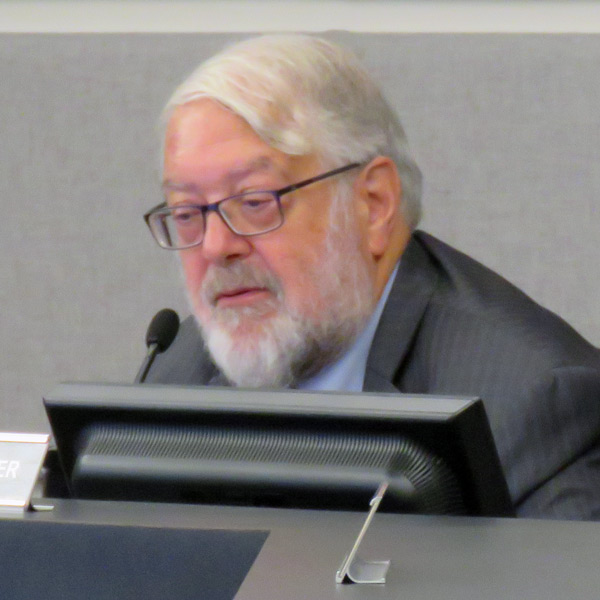NYISO locational-based marginal prices (LBMPs) have averaged $36.35/MWh for the year through July, a 12% increase from a year earlier, COO Rick Gonzales told the Management Committee during its Aug. 30 meeting. Natural gas prices were up 13.1% over the same period.
LBMPs averaged $35.84/MWh during July, up 13% from June and down 10% from July 2016. Last month’s daily sendout averaged 498 GWh/day, compared with 532 GWh/day a year earlier.
July natural gas prices and distillate price averages gained from the previous month, with Transco Z6 NY gas up 4% to $2.44/MMBtu, jet kerosene Gulf Coast up 9% to $10.49/MMBtu and NY Harbor ultra-low sulfur No.2 diesel up 7% to $10.85/MMBtu. Distillate prices increased 11.1% from the same period a year ago.

| NYISO
Average uplift costs — not including NYISO cost of operations — were down to -43 cents/MWh for the month, compared with -37 cents/MWh in June. The local reliability share fell 4 cents to 11 cents/MWh. The statewide share of -54 cents/MWh came in 2 cents below June. July’s total uplift costs were also lower than in June.
The monthly peak load of 29,699 MW occurred July 19, far short of the all-time summer peak of 33,956 MW recorded on July 19, 2013.
NYISO Evaluates Energy Market Offer Cap
The ISO is continuing to evaluate its energy market offer cap to prevent differences in regional offer caps from interfering with economic and reliability-driven interchange scheduling, according to a report presented by NYISO Senior Vice President for Market Structures Rana Mukerji.

NYISO’s control room | NYISO
Under FERC Order 831 issued last November, NYISO is required to cap each resource’s incremental energy offer at the higher of $1,000/MWh or that resource’s verified cost-based incremental energy offer, and cap verified cost-based incremental energy offers at $2,000/MWh when calculating LBMPs. The grid operator last December filed a request for clarification/rehearing on the issue with FERC and submitted a compliance filing in May.
Mukerji also noted that the ISO is working to improve forward horizon coordination of real-time constraints (RTC) and real-time dispatch (RTD). NYISO aims to improve modeling consistency between RTC and RTD and evaluate improvements in look-ahead evaluations to facilitate more efficient scheduling and price convergence.
Pending issues include possible proposals to allow market participants to buy and sell reserves and regulation service between NYISO and adjacent control areas and to develop a market mechanism to assign external parties with the costs associated with congestion rent shortfalls resulting from external transmission outages.
The ISO is also examining the reciprocal elimination of fees on export transactions in order to increase interregional transmission scheduling efficiency. Rate pancaking between NYISO and ISO-NE has already been eliminated.
Interconnection Queue Improvements Approved
The committee approved steps intended to improve the efficiency of the interconnection queue process while maintaining needed reliability evaluations.
The proposed changes clarify and update existing practices and procedures, except for the transmission interconnection procedures, which are still pending FERC acceptance. Transitional rules would allow projects currently in the interconnection process to benefit from the proposed changes. (See “Committee Advances Interconnection Queue Improvements,” NYISO Business Issues Committee Briefs: Aug. 9, 2017.)
NYISO expects to file associated Tariff changes with FERC in late September following board approval.
New York Easily Handles Solar Eclipse
NYISO easily met operational reliability criteria throughout the solar eclipse Aug. 21, despite a 1,010-MW reduction of net load that exceeded predictions by nearly 300 MW, according to a report from NYISO Vice President of Operations Wes Yeomans.
The ISO did not experience the slight projected load increase early in the eclipse, possibly because of lower loss of behind-the-meter solar than originally anticipated, as well as public reaction to the event. He attributed the higher-than-expected net load increase later in the eclipse to high humidity.
New York experienced a partial solar eclipse from 2:30 to 2:45 p.m., with peak obscuration ranging from 80% in Chautauqua County, to 75% in New York City and Long Island and 67% in Clinton County.
— Michael Kuser



